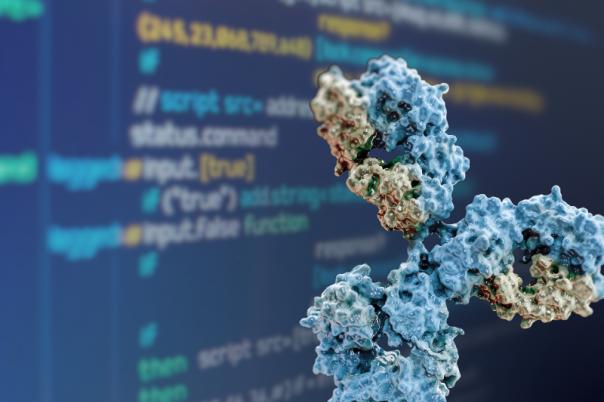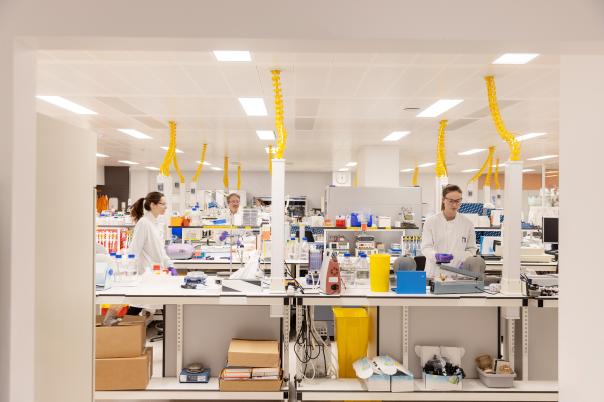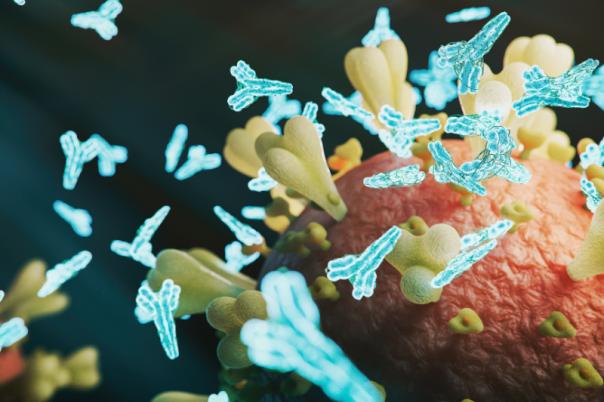NanoSyrinx is a biotech developing a novel drug delivery technology call nanosyringes. The platform allows for targeted intracellular drug delivery through the selective binding to cell surface proteins. Nanosyringes consist of a protein-based nanoparticle within which therapeutic peptides and proteins can be encapsulated. NanoSyrinx seeks to unlock the long-‘undruggable’ cell interior, opening the door to countless new therapeutic opportunities.
Inside the cell there are a myriad of proteins that cannot be targeted using existing therapeutic approaches. However, small molecules are unable to target these proteins because of the latter’s lack of a binding cleft; biologics are one way of achieving this binding but aren’t able to enter the cell. A number of different delivery systems exist to get around this problem, but they lack the necessary specificity toward cell type.
Nanosyringes are a fully customisable genetic platform. They are derived from a plasmid which contains all the genes required to encode for the nanosyringe, cell-targeting arms, and payload. This means that any changes you may want to make to your therapy can be made at the genetic level. The molecule is expressed using E. coli and its during this step that the nanosyringes are self-assembled. Once they are purified, they’re ready to use with no further modifications required.
Being from a genetic cousin family of bacteriophages, nanosyringes look quite a lot like the virus. They use a novel mechanism of action whereby the molecule’s cell-targeting arms selectively bind the nanosyringe to the cell surface. After that, they actively pierce the membrane of the cell to deliver their active drug product payload directly into the cell cytosol. This avoids endosomal uptake, a common problem with competing technologies.
NanoSyrinx has conducted various validation activities, demonstrating controlled loading of payloads and successful delivery in vitro, with ongoing in vivo validation. The technology has potential applications in oncology and beyond. Live examples illustrate the effectiveness of nanosyringes in delivering cytotoxic proteins and enzymes, showcasing their ability to selectively kill targeted cells while avoiding non-targeted cells.





